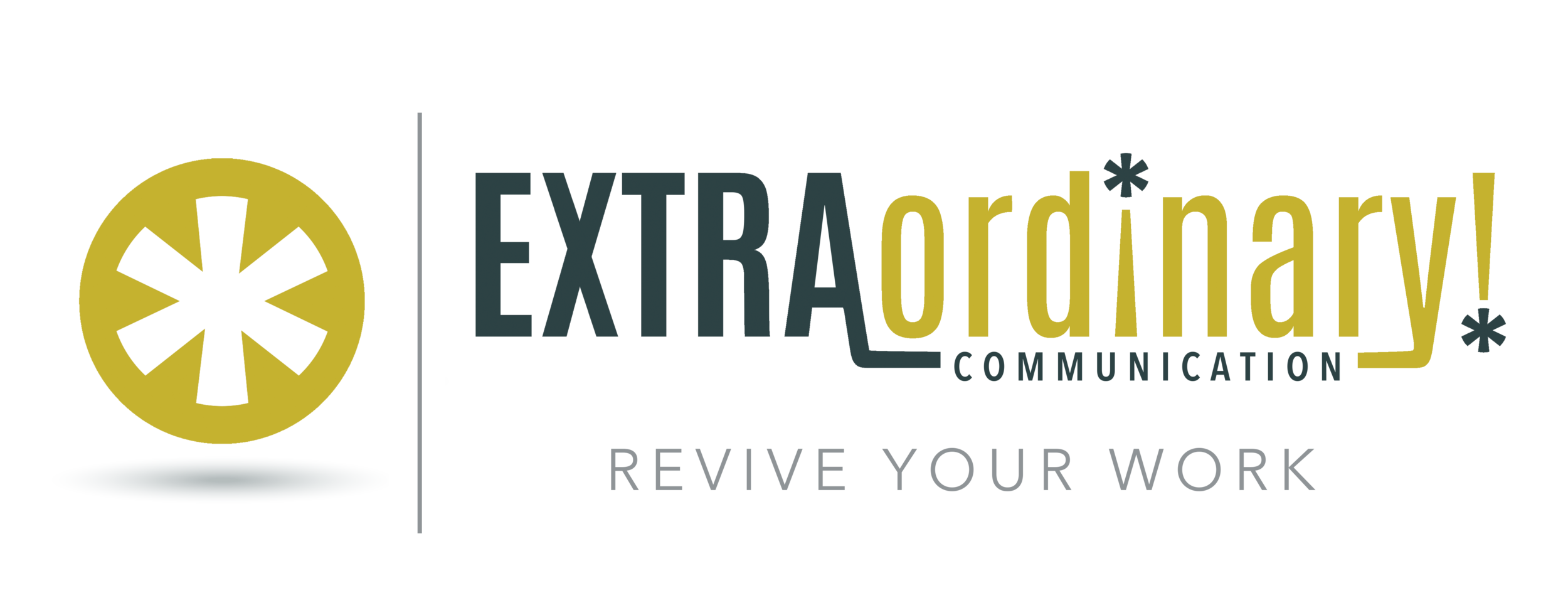E-couragement: Engagement Begins With You
October 2009 “It’s better to know some of the questions than all of the answers.” James Thurber
There’s an epidemic sweeping across our country and it’s more devastating than the swine flu. It’s the disengagement of the American worker. Research tells us that a disengaged workforce costs our companies over 270 billion dollars per year in productivity and profitability. Recent Gallup polls indicate that only 29% of U.S. employees report that they are engaged in their organizations. Companies are experiencing drops in creativity, loyalty, innovation, and retention. Employees are feeling under appreciated, unheard, and unrecognized. The solution is to re-engage and revive the American workplace one culture at a time.
What is engagement? Engagement is the ability to capture people’s souls, hearts, and minds instilling an intrinsic passion for action and excellence. Creating an engaging culture is not a quick fix, a program, or a workshop. It’s an intentional shift in culture that recognizes and considers the “entire” person. This happens over time in hundreds of seemingly little and big ways.
Often the question I hear from leaders is, “Where do I start? Where do I begin creating an engaging work culture?” The answer is: with you. Yes, it begins with YOU. Start by taking 100% responsibility with your own life-work engagement or lack thereof. People you lead are watching. They’re watching—YOU. They are looking to see if you are indeed engaged within yourself. They want to observe that your life and work is meaningful and purposeful before they will follow your advice or guidance.
Begin with questions. Here are three simple and life altering questions that will lead you to an engaging life-work experience: Why? What? How? Humans are designed to ask the question: Why? You came into the world asking this all-important question until some adults looked you in the eyes proclaiming with a raised and irritated voice, “STOP asking that question!” Since you’re all grown up now it’s time to begin asking it again. This is a high-level question. Why am I here? Why do I exist? Why do I perform this role in my work? Why is my work important? Discovering the “why” of your life and work will lead to your purpose. Purpose speaks to your soul. Your soul longs for you to connect with your “why?” Uncovering your purpose allowsyou to live and work with conviction. You’ll make sense of how your work and purpose intertwine.
Next ask yourself the question: What? Answering the question “what” puts you on the path to your vision. A vision is a future ideal state. Visions speak directly into your heart. What role will I play? What will the ideal experience look like? What will be different? Your heart yearns to embrace vision. The result of confronting and gaining clarity with the “what” question is inspiration. Lastly, ask the question: How? When you answer the question “how” the outcome is goals. Goals are critical for being held accountable to specific, measurable results. Goals give your mind something concrete and measurable to grasp. How will I accomplish this? How will I make this vision a reality? It is the logical portion of your being. By engaging the how question you create action that propels you toward living out your purpose and vision—ensuring their achievement.
What sort of result can you expect from completing this questioning process? First of all, facing the question “Why” will provide a clear purpose statement. There are a number of “templates” you can use as a guide. One that I’ve found useful is in Jack Canfield’s book, The Success Principles, page 23. Here’s my purpose statement:
My purpose is to inspire others to discover, embrace, and put into practice their God given talents. I do this through the use of my gifts: humor, emotion, enthusiasm, and sincerity. What once seemed ordinary is now EXTRAordinary! Courage overcomes fear, love and laughter abound, judgment is reserved, and people are living on purpose.
Secondly, through this process you’ll develop vision descriptions for specific areas in your life. When answering the “What” question, begin by looking at your life segments: career, relationships, financial, health and well being, etc. Then write a description of how each of these areas would “look” in an ideal state. When writing your vision description, use language that is present tense, positive, and powerful. You’ll also find guidelines for this in Canfield’s Success Principles.
Finally, by embracing the “How” question you’ll create written goals and results to achieve. Use these specific and measurable actions to move towards accomplishing your vision and fulfilling your purpose.
Here’s a summary of the process:
Why?uncovers Purpose?speaks to your Soul?leads to Conviction What®creates Vision?speaks to your Heart?leads to Inspiration How?provides Goals?speak to your Mind?leads to Action
There you have it. A simple, yet life altering process to begin your life-work engagement journey. This will take courage. You owe it to yourself…and to those you lead. Take the time and effort required to ask and seek your answers to these questions. The benefit will be a personal engaging life-work experience while earning the right to create and foster your very own engaging culture at work.
Compliments of EXTRAordinary! Inc. rich@extraordinaryinc.com (336) 317-4603 Copyright Rich Schlentz 2009. All rights reserved.
Reminder, for those of you who want to have access to the creative and talented writing of my friend Emily Howard, check out her blog at: www.achicksview.com. Or, email her at emily_howard@dalecarnegie.com.
